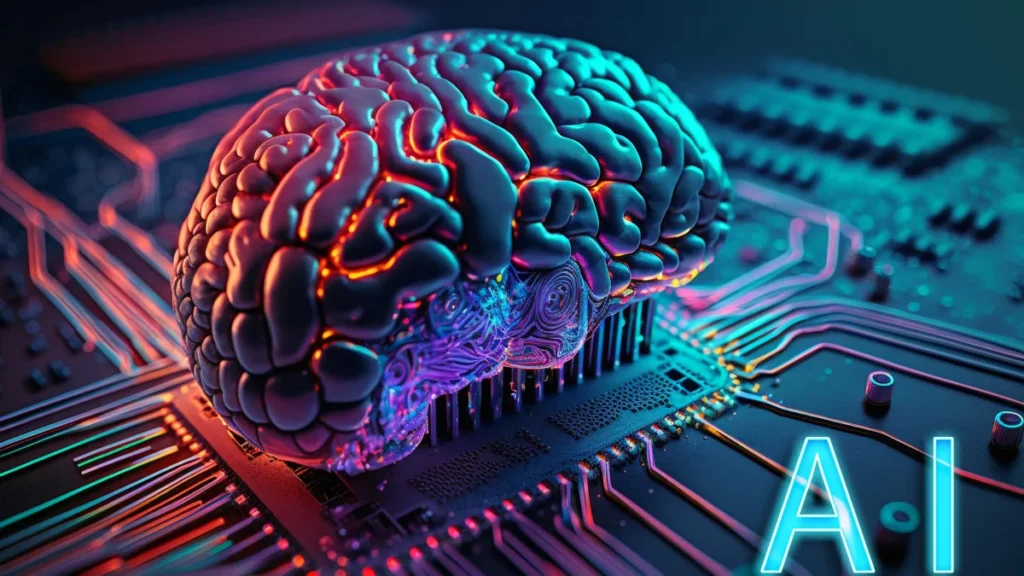Artificial Intelligence Learning Algorithms: Fundamentals and Applications
Introduction
Artificial intelligence (AI) encompasses the simulation of human-like thinking and learning abilities by computer systems. At the core of AI applications lie various learning algorithms. This article explores the fundamental concepts of artificial intelligence learning algorithms and discusses their diverse applications. These algorithms are crucial in driving advancements in modern technology, providing innovative solutions across numerous industries.
Fundamentals of Artificial Intelligence Learning Algorithms
Artificial intelligence learning algorithms are mathematical and statistical techniques that enable computer systems to learn from data. These algorithms are generally categorized into two main types: supervised learning and unsupervised learning.
- Supervised Learning: Supervised learning is a type of learning where the algorithm learns the relationship between input and output data within a dataset. For instance, it can be used in tasks like object recognition in images or determining whether an email is spam or not. Common supervised learning algorithms include linear regression, support vector machines (SVM), and artificial neural networks (ANN). These algorithms operate on labeled data, where the correct output is known, and the goal is to learn a mapping from inputs to outputs.
- Unsupervised Learning: Unsupervised learning is used to understand the structure of input data and identify patterns without explicit supervision. This type of learning is often employed in tasks such as finding natural groupings or clusters within a dataset, dimensionality reduction, or data representation. Examples of unsupervised learning algorithms include K-means clustering, hierarchical clustering, and feature extraction. Unsupervised learning explores the hidden structures within data and is often used for exploratory data analysis.

Application Areas
Artificial intelligence learning algorithms find applications across various fields, including:
- Medicine: Supervised learning algorithms can be used in diagnostic support systems to identify diseases and make prognoses. They are applied in areas such as cancer diagnosis or medical image analysis. AI enhances the accuracy and speed of medical diagnoses, enabling healthcare professionals to provide better patient care. Additionally, AI algorithms assist in predicting patient outcomes and personalizing treatment plans based on individual data.
- Finance: Supervised learning algorithms are utilized to analyze trends in financial markets, predict stock prices, and detect fraud. These algorithms process vast amounts of financial data to identify patterns and anomalies that may indicate fraudulent activities. In addition to fraud detection, AI is used for risk management and developing investment strategies, helping financial institutions make more informed decisions.
- Automotive Industry: In autonomous driving technologies, artificial intelligence learning algorithms are used to perceive the vehicle’s surroundings and enable safe driving. These algorithms process sensor data to recognize objects, predict their movements, and make real-time decisions for safe navigation. Autonomous vehicles rely heavily on AI to improve safety, reduce traffic congestion, and enhance overall driving efficiency.
- Retail: Unsupervised learning algorithms can be used in the retail sector for customer segmentation, product recommendations, and demand forecasting. These algorithms analyze customer behavior and preferences, enabling retailers to offer personalized recommendations and optimize inventory management. By understanding customer segments, retailers can tailor marketing strategies to specific groups, enhancing customer satisfaction and boosting sales.
- Education: In education, artificial intelligence learning algorithms can be employed to assess student performance, analyze student behaviors, and provide personalized learning experiences. These algorithms help identify students’ strengths and weaknesses, allowing educators to develop customized learning plans that cater to individual needs. AI-driven educational tools also facilitate adaptive learning, where the content and pace are adjusted according to each student’s progress, making education more engaging and effective.
Future Perspective
Artificial intelligence learning algorithms will continue to evolve with technological advancements, leading to the emergence of new application areas. Advancements in areas such as deep learning will enable better performance on more complex datasets, further enhancing the impact of artificial intelligence applications. In the future, AI learning algorithms are expected to play a more significant role in various sectors, from healthcare to finance, as they become more sophisticated and accessible. Moreover, as AI technology advances, it will become more integrated into everyday life, influencing how we work, learn, and interact with the world around us.
Conclusion
Artificial intelligence learning algorithms are fundamental techniques that enable computer systems to learn from data. These algorithms can be utilized across various application areas to automate processes, improve decision-making, and discover new insights. However, it’s essential to acknowledge that these techniques also raise concerns regarding ethics, privacy, and security. Therefore, a cautious approach should be taken in the use of artificial intelligence learning algorithms. As AI continues to advance, ensuring that these algorithms are developed and implemented responsibly will be crucial in maximizing their benefits while minimizing potential risks. The future of AI learning algorithms holds great promise, but it also demands careful consideration of the societal and ethical implications associated with their use.




